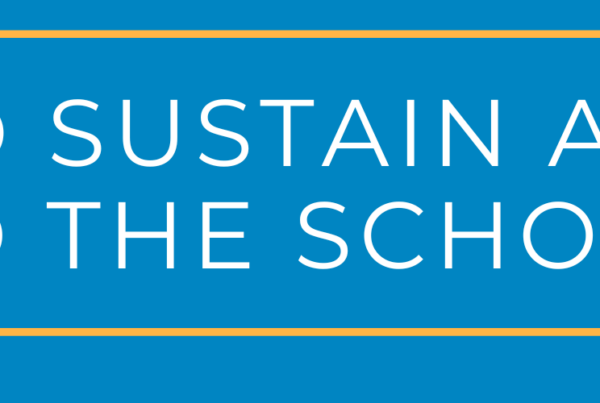I have previously written about the cyclical pattern of school performance. Generally, in first semester, students will get off to a blazing hot start. September is a cinch. The start of October is a breeze. But somewhere along the way, the momentum begins to shift. Homework is completed less often, tests are no longer being studied for, and school somehow has become more “annoying,” “boring,” or any other similar descriptor.
The key question in this formula is “How can a student sustain this fantastic start to the school year and avoid a drop off?” The answer is awareness, identification, and practice. When Peyton Manning joined the Denver Broncos, he insisted that the Broncos keep a staff member to on a ladder behind him to film every single practice rep that he took. This would be hundreds and hundreds of dropbacks and passes each day. He would then watch them all, analyze them, and work to emulate the very best practice reps that he identified each time.
This is the essence of the process that must be mirrored with students. When they are doing well– in September and early October– it helps to increase their awareness. Have a period of reflection at the end of each week. Discuss the successes of the week: the work habits that occurred and how successful the week was. This is a tough task to pull off for a parent, but it can be done by an older sibling, trusted teacher, or an academic coach. This will increase a student’s awareness.
In this process, it is important to identify specific strengths. What is the student doing effectively? How can they maintain these habits? It may even help to write these habits down. That way, if a student does begin to lose momentum, you have a tried and true formula for them to review later in the semester. Instead of school struggles being abstract and frustrating, there will be a defined list of steps to take in order to steady school performance. Even better, the strengths and work habits that they identified will be in their own words.
Finally, students need to practice. This requires mental and physical energy. Students need to work to maintain the successes that they are having and each week continue to increase awareness around their school successes, identify the exact measures they are taking, and then continue to practice these skills. This process is not particular to school. It is relevant for any skill: hitting a baseball, learning to play guitar, practicing a scene. However, it is not often that schools emphasize becoming better at organizing folders and a backpack or managing one’s time efficiently on game days or practice days.
By creating a concrete list of successes when things go well, students will always have this list for future use. Often times, students can get stuck in long term thinking patterns like, “My whole semester is ruined. I can’t get these grades up.” This can result in a shutdown. Instead, it’s effective to have small steps that seem more manageable and realistic to complete. It is important to not only celebrate successes but also to capture the moment in time and use it to continue to grow.






